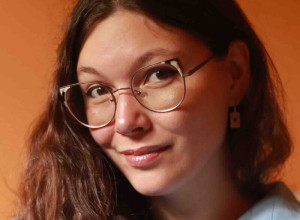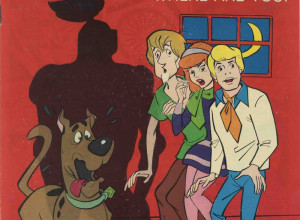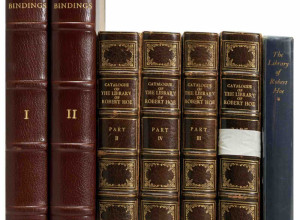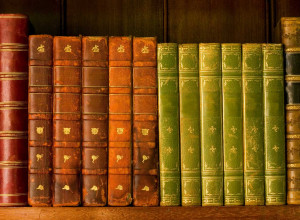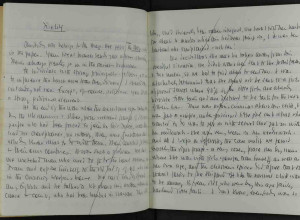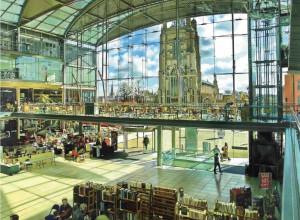Examples of Charles Dickens's Shorthand Writings Go On Display
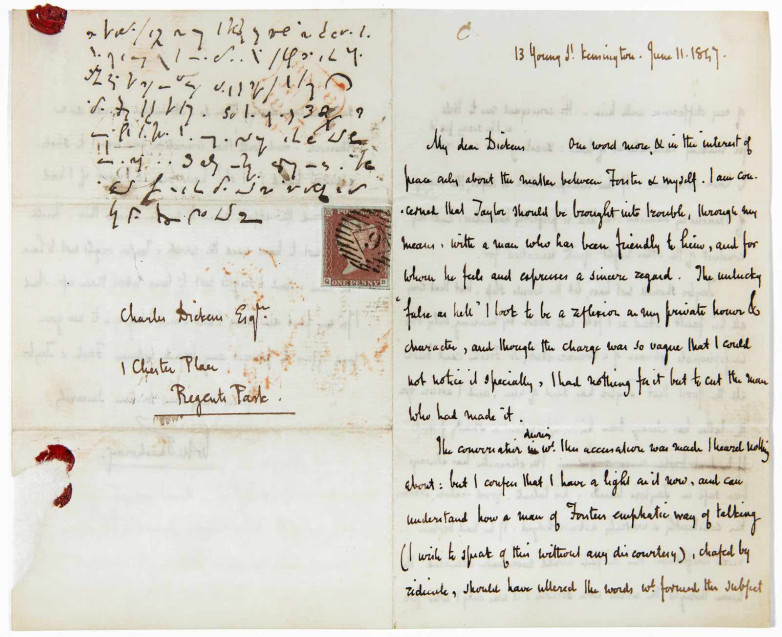
Copy of letter in Charles Dickens’s shorthand, to W. M. Thackeray, June 1847 which is currently on display
A rare example of a letter written in his almost indecipherable shorthand by Charles Dickens has gone on display at the Charles Dickens Museum in London.
Dickens taught himself the Brachygraphy shorthand system developed in the 18th century by Thomas Gurney in a bid to become a parliamentary reporter and eaning more money. He used it for taking notes, although probably not for drafting his novels - what does survive often relates to personal or professional matters and conflicts.
On display in the museum until October is a letter in this shorthand to fellow novelist William Makepeace Thackeray dated June 1847. It is in reply to a letter from Thackeray in which Dickens attempts to defuse an argument between Thackeray and Dickens’s close friend John Forster.
The letter is part of a larger display that focuses on how Dickens used shorthand and includes a Brachygraphy manual of the kind he would have used, as well as a copy of David Copperfield in which David struggles to learn shorthand - he describes it as a "savage stenographic mystery".
The display is supported by the University of Leicester's Funding for Knowledge Exchange, and is based upon research from the Dickens Code project set up in a bid to unravel Dickens's shorthand writings, a task made harder since he also included shortcuts and abbreviations he devised himself. In 2021, the project ran a competition to decipher a Dickens letter written in his shorthand from his Tavistock House home where he wrote Bleak House, eventually wone by Californian IT worker and code hobbyist Shane Baggs.






